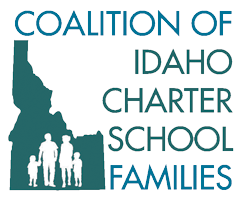November Newsletter
/Upcoming Board Meeting: Wednesday, December 18th at 1:00PM
We need more parent advocates that are willing to get involved and help our cause!!!
The article below in the recent news section was from the recent house-passed tax bill. This bill is going to cause problems for constructions costs with charter schools across the country.
Anyone interested in attending, we accommodate to any parents that want to know more or get involved. These meetings are for anyone who wants to come so please share with fellow charter parents.
Please call Murphy Olmstead at (208) 871-3885 if you're planning to attend.
The meeting will be held at the Idaho Wheat Commission building in downtown Boise near the Capitol.
Address:
821 W. State Street
Boise, ID 83702
Recent News:
CHARTER SCHOOL GROUPS CRITICIZE HOUSE-PASSED TAX BILL
11/27/2017
National and local charter school groups criticized the tax cut bill the U.S. House passed earlier this month.
They say H.R. 1 will make it more expensive for charter schools to finance building projects. That’s because the bill would ban charter schools from using several tax credits and tax-free bonds to cover construction costs.
In Idaho’s case, three charter schools have started $25 million in projects over the past month. Without tax credits and tax-free bonds, the cost of these projects could double, the Idaho Charter School Network said in a statement Monday.
The Senate version of the tax bill preserves the credits.
Read more https://www.idahoednews.org/kevins-blog/charter-school-groups-criticize-house-passed-tax-bill/








